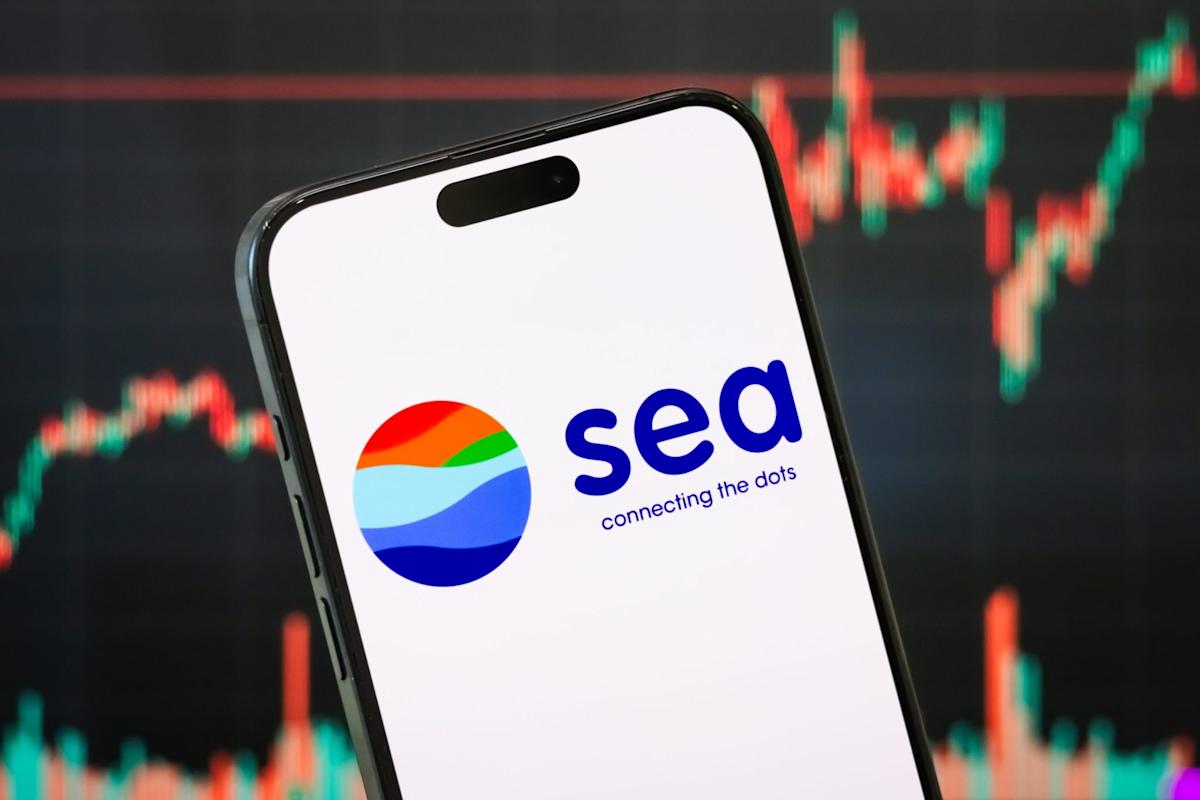Innovative Strategy by Development Banks
The Inter-American Development Bank (IADB) is preparing to introduce a groundbreaking financial initiative aimed at significantly increasing private sector investment in renewable energy across developing nations. This initiative involves repackaging existing sovereign loans into financial products that could attract billions of dollars in green energy funding.
Development banks like the IADB play a vital role in financing infrastructure projects in emerging markets. However, their current lending capacity is limited, especially when it comes to supporting the global transition to clean energy. In response, the IADB’s new plan seeks to maximize the value of existing loans by bundling them into securities that can be sold to private investors.
Repackaging Loans to Attract Investment
According to IADB President Ilan Goldfajn, the strategy involves transforming public sector loans into structured financial instruments. These instruments will be designed to offer a compelling risk-return profile to institutional investors, such as pension funds and insurance companies, which are increasingly interested in ESG (Environmental, Social, and Governance) products.
“We are working on mechanisms that will allow us to recycle our balance sheet, freeing up capital to do more,” Goldfajn said during a recent climate finance panel. By securitizing the existing loan portfolio, the IADB hopes to unlock substantial new private capital without requiring additional public funding.
Why This Matters for Green Energy
Developing countries face significant hurdles in accessing affordable financing for renewable energy projects. Many of these nations are burdened by debt and lack the credit ratings necessary to secure favorable loan terms. Development banks can help mitigate these challenges by offering blended finance models, which combine public and private funds to lower investment risk.
The IADB’s new plan could serve as a catalyst for scaling up renewable energy investments in Latin America and the Caribbean. These regions possess vast solar, wind, and hydroelectric potential, but have struggled to attract consistent private sector support due to perceived risks.
Potential Impact Across Emerging Markets
If successful, the IADB’s approach could be replicated by other multilateral development banks, such as the World Bank and the African Development Bank. Collectively, these institutions manage hundreds of billions of dollars in sovereign loans, which could be leveraged to mobilize even greater private investment for sustainable infrastructure.
Experts believe this type of financial innovation is essential for meeting global climate goals. The International Energy Agency estimates that developing countries will need more than $1 trillion annually in clean energy investment by 2030 to stay on track for net-zero emissions. Yet, current funding levels fall far short of that target.
Challenges and Considerations
Despite the promise, securitizing sovereign loans is a complex process that requires careful structuring and regulatory oversight. There are concerns about credit risk, transparency, and the potential impact on the balance sheets of borrowing countries. Moreover, private investors may still demand higher returns to compensate for geopolitical and currency risks in emerging markets.
To address these concerns, the IADB is working with legal and financial advisors to ensure that these new instruments meet rigorous standards. The bank is also engaging with credit rating agencies to explore how these products can be favorably rated, making them more attractive to investors.
A Step Toward Climate Finance Reform
This initiative aligns with broader efforts to reform international climate finance. During recent global summits, leaders have called for development banks to take bolder steps in mobilizing private capital and improving access to funding for low-income countries. By pioneering new financial models, institutions like the IADB can play a transformative role in accelerating the global energy transition.
“We need to innovate, not just in technology but also in finance,” said Goldfajn. “Only then can we close the investment gap and build the sustainable future we all envision.”
This article is inspired by content from Yahoo Finance. It has been rephrased for originality. Images are credited to the original source.

